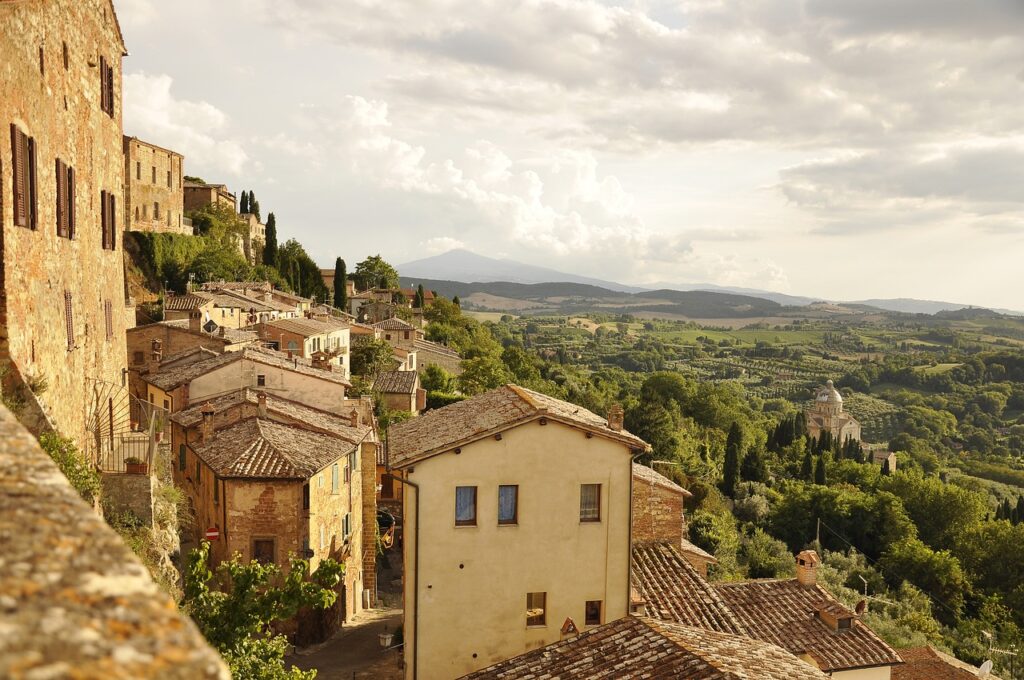Preserving Heritage: Restoration and Adaptive Reuse in Maryland’s Architectural Landscape
by siteadmin

Maryland’s architectural heritage is a treasure trove of history, embodying the stories of generations past. Amidst the ever-evolving urban and suburban landscapes, the preservation of these structures becomes paramount. Restoration and adaptive reuse are powerful tools that not only breathe new life into aging buildings but also contribute to the sustainable development of our communities.
Rediscovering History Through Restoration
Restoration is a meticulous process that aims to revive a structure to its original state, capturing the essence of a bygone era. In Maryland, historic buildings tell tales of colonial settlements, Civil War battles, and industrial revolutions. The restoration process involves careful research, often uncovering hidden architectural gems and details that have weathered the test of time.
Architects and preservationists collaborate to restore facades, repair structural elements, and recreate original color schemes. This process not only revitalizes the physical appearance of the building but also preserves its historical integrity. Residents and visitors alike can step back in time, experiencing the charm and authenticity of the past through these meticulously restored structures.
Breathing New Life Through Adaptive Reuse
Adaptive reuse is a sustainable approach that repurposes old buildings for modern needs, striking a delicate balance between preservation and innovation. Maryland has witnessed a surge in adaptive reuse projects, transforming once-abandoned warehouses, factories, and schools into vibrant spaces that serve contemporary functions.
Empty warehouses are reborn as trendy lofts, former factories become bustling art studios, and disused schools find new life as community centers. This process not only saves historic structures from decay and demolition but also minimizes the environmental impact of new construction. Adaptive reuse projects foster a sense of community engagement, as residents witness the evolution of familiar landmarks into functional, modern spaces.
Navigating Challenges and Embracing Innovation
Preservation projects are not without challenges. Aging structures often require extensive repairs and upgrades to meet current safety standards. The incorporation of modern amenities while preserving historical features demands creative solutions. Preservationists and architects collaborate to find innovative ways to integrate energy-efficient technologies, accessibility features, and sustainable practices into these heritage structures.
Embracing innovation also involves adaptive planning and community involvement. Local residents play a crucial role in the preservation process, providing valuable insights and ensuring that the adaptive reuse projects align with the needs and values of the community.
Economic and Cultural Impact
Beyond the aesthetic and environmental benefits, restoration and adaptive reuse contribute significantly to the economic and cultural vitality of Maryland’s communities. Preserving historic landmarks attracts tourism, stimulates local economies, and fosters a sense of pride among residents.
Restored and repurposed buildings become cultural hubs, hosting events, exhibitions, and community gatherings. By breathing new life into historical structures, Maryland preserves not only physical artifacts but also the collective memory of its people, ensuring that the rich tapestry of the state’s history continues to resonate with future generations.
The Imperative of Stewardship
Preserving Maryland’s architectural heritage is a shared responsibility that extends beyond the efforts of architects and preservationists. It requires a collective commitment to stewardship from both residents and policymakers. Through advocacy, education, and community engagement, Maryland can continue to celebrate its past while building a sustainable and vibrant future.
In conclusion, the restoration and adaptive reuse of Maryland’s architectural landscape serve as a testament to the state’s dedication to preserving its rich history. By embracing the challenges, navigating through innovation, and fostering community involvement, Maryland paves the way for a harmonious coexistence of the past and the present. The result is a tapestry of architectural diversity that tells a compelling story of resilience, adaptation, and the enduring spirit of the Old Line State.
Maryland’s architectural heritage is a treasure trove of history, embodying the stories of generations past. Amidst the ever-evolving urban and suburban landscapes, the preservation of these structures becomes paramount. Restoration and adaptive reuse are powerful tools that not only breathe new life into aging buildings but also contribute to the sustainable development of our communities.…
Recent Posts
- Expert Cleaners Lexington: Delivering Excellence in Cleaning Services
- Will Haul Dumpster Rental and Junk Removal Expands Services to Roanoke, VA, Offering Premier Waste Management Solutions
- Will Haul Dumpster Rental and Junk Removal Expands Services to Roanoke, VA, Offering Premier Waste Management Solutions
- Expert Cleaners Lexington Provides Insight into Commercial Cleaning Services and Best Practices for Office Maintenance
- Top Notch Roofing/Siding: Leading the Way in Roofing Excellence in Egg Harbor Township, NJ
